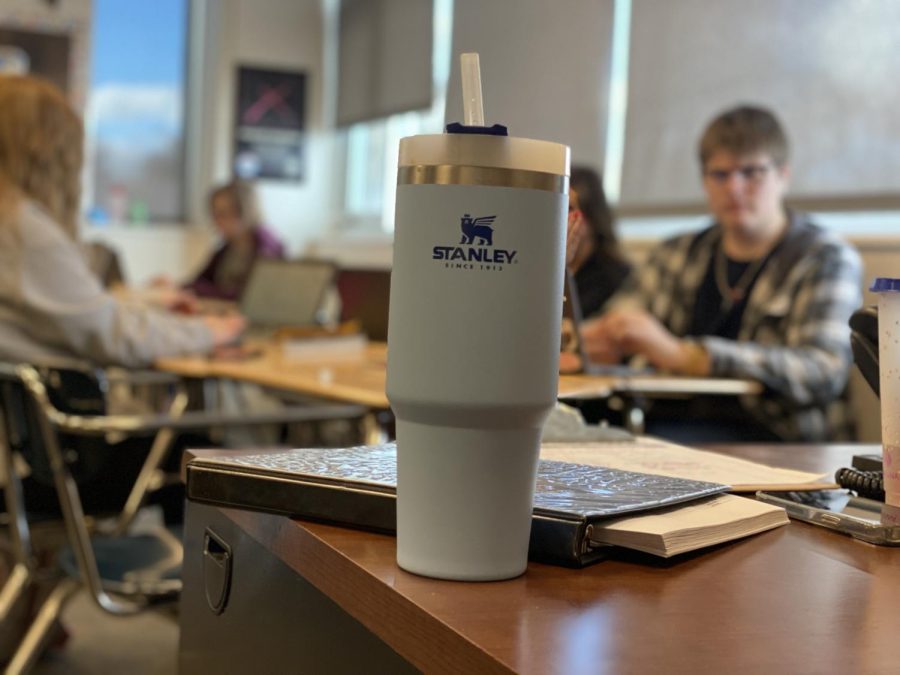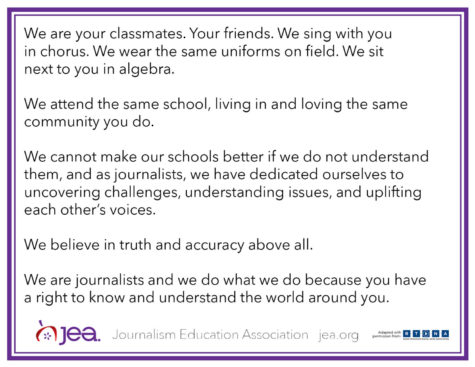Explosion of the Stanley Cups
What is behind this burst in popularity of the Stanley brand?
February 15, 2023
The infamous Stanley Cup (not to be confused with the hockey trophy), has taken the country by storm. Coming in a wide range of colors, sizes, and styles, it seems that it was the top item on every one’s holiday wish list this year.
Walking down the hall, it is impossible to ignore the tumbler’s growing popularity. It has become a necessity for earth-loving hydration enthusiasts.
Founded in 1913, the brand has taken a unique approach in the past years to reinvent itself.
Stanley was close to discontinuing the quencher in 2017: “It was not being prioritized from a production and marketing standpoint,” said Terence Reilly, the Global President of Stanley.
In 2017, the company was hit by a stroke of luck. Two buy-guide bloggers started featuring the cups in their posts. Every time the bloggers linked the quenchers, Stanley would sell out immediately.
Sales managers at Stanley saw an opportunity. They began working to remarket themselves. The trend was picked up by mom-bloggers and famous TikTokers. Soon that small stroke of luck turned into a metaphorical jackpot, and the Stanley quencher became the roaring phenomenon it is today.
The hashtag #stanleycups has a collective of 25.6 million views on TikTok. According to a New York Times article, “The product’s sales increased by 275 percent in 2021 compared with 2020.”
Stanley has touched the lives of thousands, but it is primarily marketed towards Gen Z girls. In past years, TikTok has become the perfect platform to draw people in. The brand’s reach has even taken effect on Broomfield High School.
Holly Gray (‘25), owns a 30oz quencher. “I’m pretty sure I saw it on TikTok and I wanted to buy one after that.”

This is a perfect example of the power TikTok’s has on Generation Z, pushing viewers to invest in material goods for the sake of following trends.
TikTok is the prime influencing source, but it does not hold all the responsibility. Some people are persuaded by increased popularity alone.
Like Avabelle Cobb (‘25): “I think I saw somebody at school with the cup,” so she purchased the 40oz tumbler.
Buying popular items is not necessarily a bad thing; overall, those with the cup seem pretty satisfied.
Cobb rated her cup a 10/10 and Gray was pleased with how long her beverages last. “I like that I have water at 8am and it stays cold until 8pm,” said Gray.
The cup comes in a large variety of sizes, but the 40oz is the most bought. With that, the cup is promoting hydration. Refilling just once is 80oz of water; that’s easily enough water to satisfy the recommended quantity of water for the average teen.
Stanley cups are only one of the many items popularized by social media, and it will not be the last. Seeing massive bursts in popularity in brands is definitely something to expect in coming years.
Overall the Stanley trend has taken off. Their clever design and beverage-holding capability apparently make it the perfect cup for all — at least for Gen Z.






